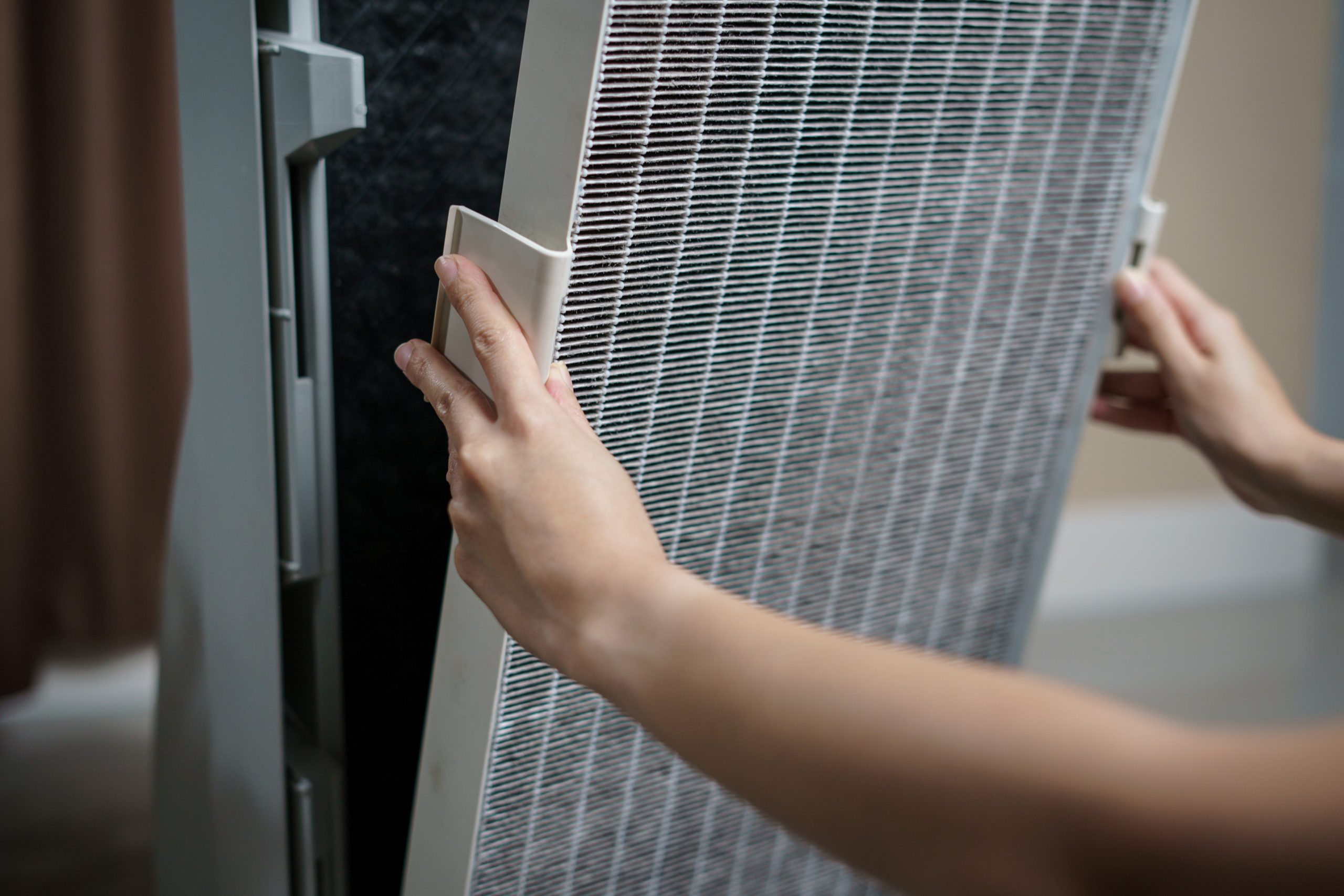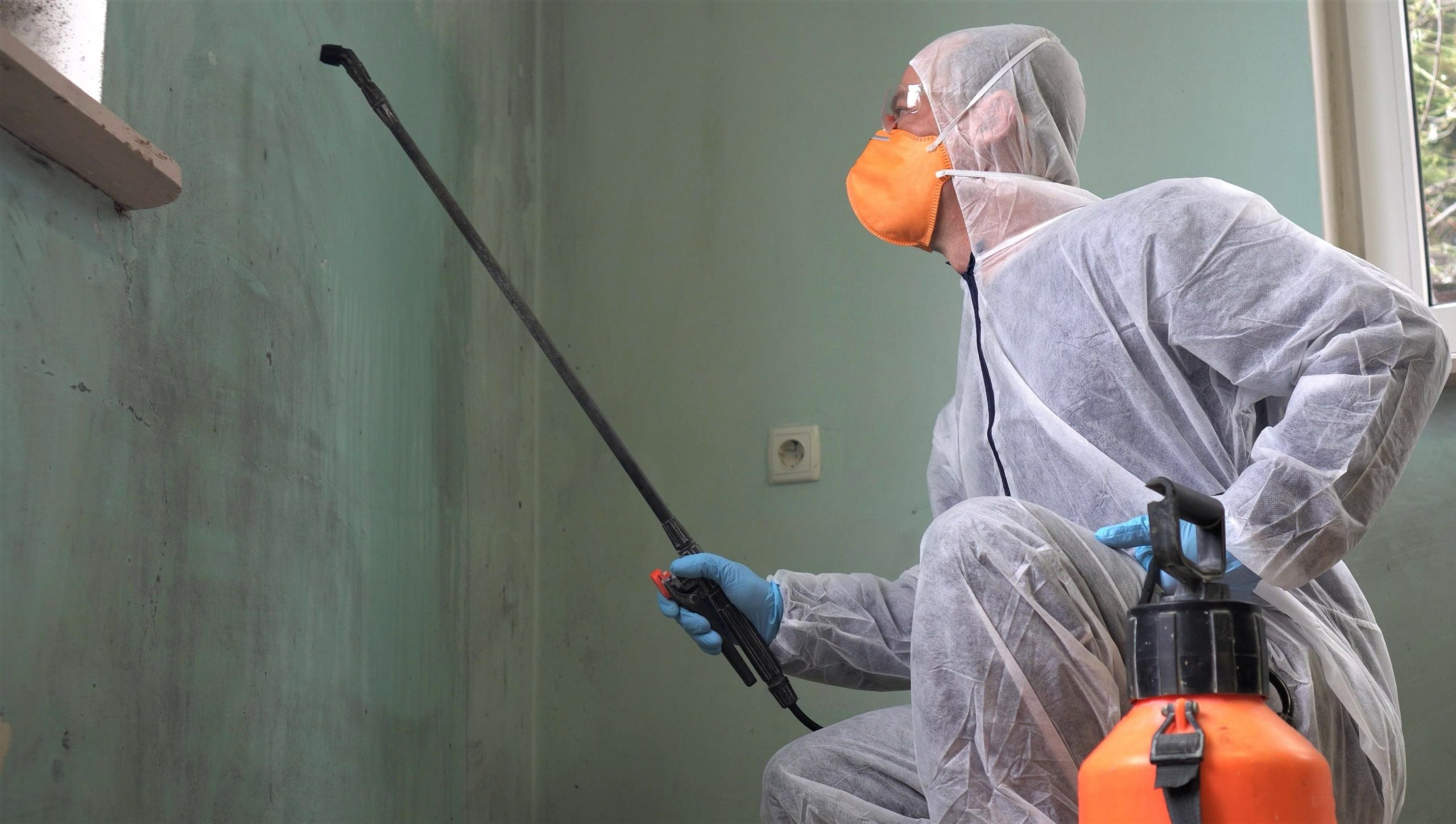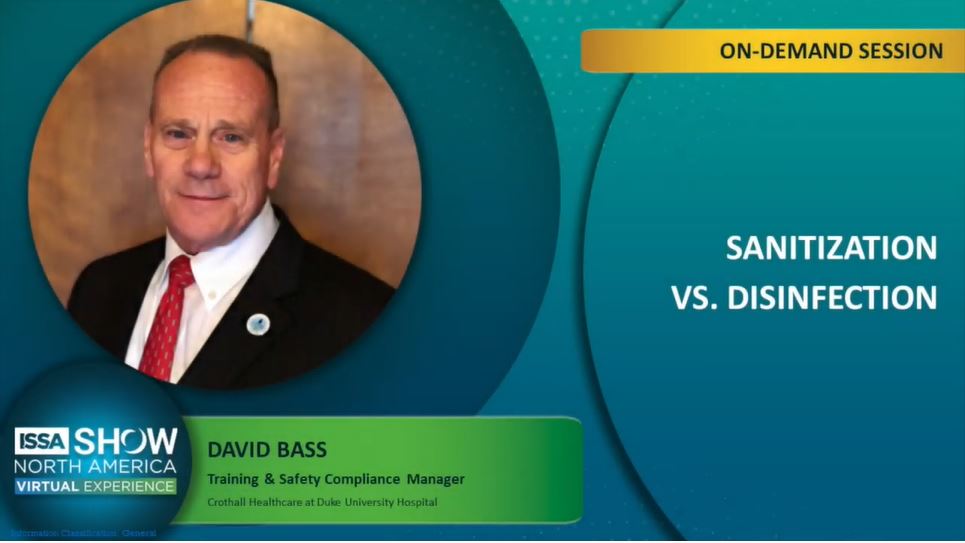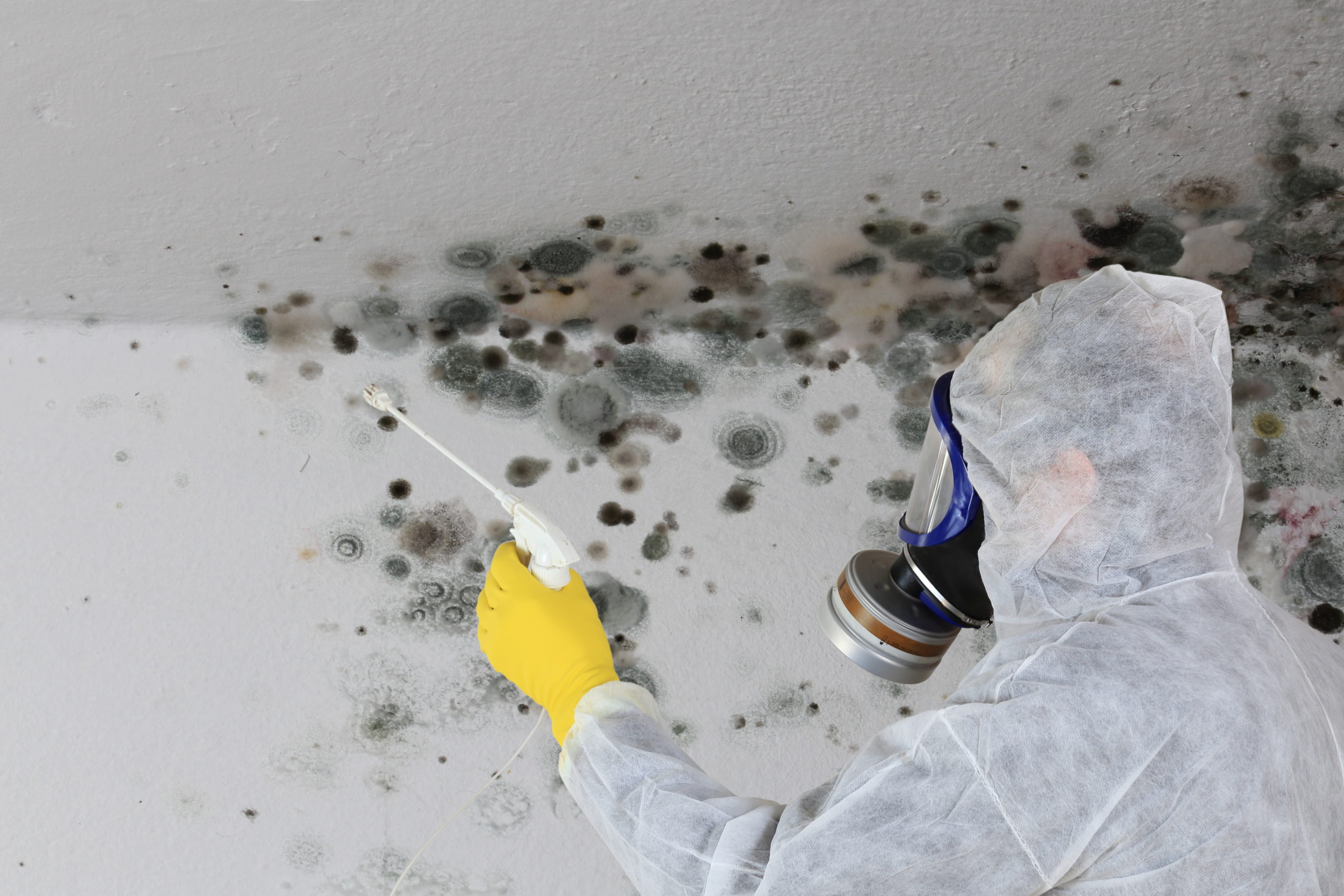Cleaning for health isn’t the novel concept many assume. In her book Home Comforts, Cheryl Mendelson encourages a return to the cleaning and housekeeping traditions that kept families healthy.
[EasyDNNnewsToken:Left Justify Embed 300 x 250]
Home Comforts: The Art and Science of Keeping House
was a surprise best seller when it was released in 1999, and it has recently gone through its 11th printing. A literary phenomenon, the 884-page volume has sold more than 200,000 copies, is based on eight years of research. Similar to the massive etiquette tomes reminiscent of Emily Post and Amy Vanderbilt, Home Comforts is a modern version of the classic housekeeping manuals that went out of style with horse drawn carriages and corsets.
When asked why she thought Home Comforts struck such a cord with today’s readers, Mendelson points out that American housekeeping and home life are in a state of decline and people are dissatisfied with having lost the knowledge of how to keep a home.
Modern conveniences such as washers, dryers, dishwashers, vacuum cleaners and refrigerators have vastly decreased the amount of labor required to keep house, compared to the turn of the 20th century. In addition, the baby boomer generation was the first where women were not tied to the home and had a chance for fulfillment in a career other than housekeeping and child-rearing. Unfortunately, their children were taught little about it other than indifference.
 People also are turning more and more to outside institutions to have their needs met for food, clean laundry, clean houses, entertainment, and relaxation, thus domestic skills and expectations have diminished. Television programs and advertisements portray degrading images of household work and workers. Women’s magazines depict housekeeping as drudgery and tout endless lists of “time-saving tips” instead of exploring the satisfaction that could be experienced from caring for your home. It is little wonder that many people imagine housekeeping to be boring, frustrating, repetitive, unintelligent toil. Such attitudes towards housekeeping are needlessly self-defeating. “You can have a career and be domestic. You can enjoy keeping house. No one is too superior or intelligent to care for their home,” says Mendelson.
People also are turning more and more to outside institutions to have their needs met for food, clean laundry, clean houses, entertainment, and relaxation, thus domestic skills and expectations have diminished. Television programs and advertisements portray degrading images of household work and workers. Women’s magazines depict housekeeping as drudgery and tout endless lists of “time-saving tips” instead of exploring the satisfaction that could be experienced from caring for your home. It is little wonder that many people imagine housekeeping to be boring, frustrating, repetitive, unintelligent toil. Such attitudes towards housekeeping are needlessly self-defeating. “You can have a career and be domestic. You can enjoy keeping house. No one is too superior or intelligent to care for their home,” says Mendelson.
If you’re picturing Mendelson as a glorified Alice from the Brady Bunch television show, you are very mistaken. Neither does she give the impression of being an obsessive-compulsive domestic diva in the same vein as Martha Stewart (who has written her own how-to housekeeping tome, Martha Stewart’s Homekeeping Handbook: the Essential Guide for Caring for Everything in Your Home). A thoroughly modern woman, she has a PhD in philosophy and is an attorney. Currently she is a college professor, fiction writer, homemaker, wife and mother. It actually took her a while to come to terms with and admit her “secret life” – her enjoyment of caring for her home and taking pride in keeping it clean for herself and her family. She writes out of love for her subject and hopes to inspire others to affection and respect for the role home life and housework play in a fulfilling life.
Mendelson writes for several different audiences. The primary audience consists of housekeeping beginners, especially young adults setting up a new home or raising children. Also in this group are more mature readers who have come to housekeeping late, as well as those who might be expert on one area but not in others – skilled housekeepers, for example, who want to know more about food storage or fabrics. For these readers she included many basic details that will be obvious to experienced hands.
The other audience consists of those experienced hands who already have their own systems and methods in place but who are interested in learning more and keeping their knowledge up-to-date on subjects such as lighting, safety, or newer fabrics and materials, or like Mendelson, just enjoy reading what someone else thinks and does about housekeeping. For them, she has gone into more detail than beginners will need on topics such as the care of wood, fabrics and laundering.
There is a helpful brief summary of contents at the opening of each chapter, the robust table of contents at the beginning and a comprehensive index at the end of the book to help all readers navigate their way through the information and find what they want. Many topics, such as bleach, disinfectants and textile fibers, are discussed in more than one chapter.
The sections dividing the chapters correspond to basic kinds of work that go into keeping up a home, since each kind of housework answers some need that must be satisfied – for food, cloth, cleanliness, daily life, sleep, safe shelter, and formalities (understanding laws and business matters affecting our home).
The chapters contained in each section of the book generally stand alone and can be read in any order, and often the chapter refers the reader to other sections of the book that deal with related matters.
Home Comforts is a manual suggesting well-researched solutions to household issues and problems, not filled with folk remedies or how to solve everything with nylon net or baking soda and vinegar. Advice manuals tend to imply authority without really explaining or giving sources for the advice; Mendelson relies on accepted authorities, such as state college extension services, and gives useful primary sources and web addresses for further information.
I refer to this book regularly for both personal and professional reasons. As a cleaning service owner, I found this to be a great reference book, and my copy is dog-eared, highlighted and marked with many colors of Post-It notes, especially chapters such as sanitizing laundry, removing stains, and anything under the Cleanliness section. I referred to it relentlessly when revising cleaning policies and procedures.
Here are some topics which may especially interest cleaning service owners:
· the excessive use of disinfectants in the home
· the importance of good indoor air quality and its relationship to allergies
· how to keep household germs under control
· the chemistry of household cleaning
· how to clean and care for wood, ceramic tile, metals
· and more.
Mendelson also includes a great guide for stain and spot removal, and a summary of laws applicable to the home, including privacy, accident liability, contracts and domestic employees.
Mendelson has a rational approach to housekeeping and refuses to simplify technical subjects, yet the book is very interesting and readable. Unlike other housekeeping authorities, she acknowledges there is more than one way of doing things, and if reasons are not self-evident, gives explanations for her own methods and systems.
Yes, Cheryl Mendelson would like to see a return to housekeeping traditions, but she points out the bottom line ultimately is to maintain a household which preserves the health and safety of its occupants, maintains comfort and order, and ensures people want to spend time there and feel restored. Isn’t that the ultimate goal of gleaning services, too?
Janice Stewart is the owner of Castle Keepers of Charleston and driving force behind the development of the Modern Cleaning approach, Janice brings her scientific and healthcare background to inform the development of effective, safe, and healthy cleaning methods.






